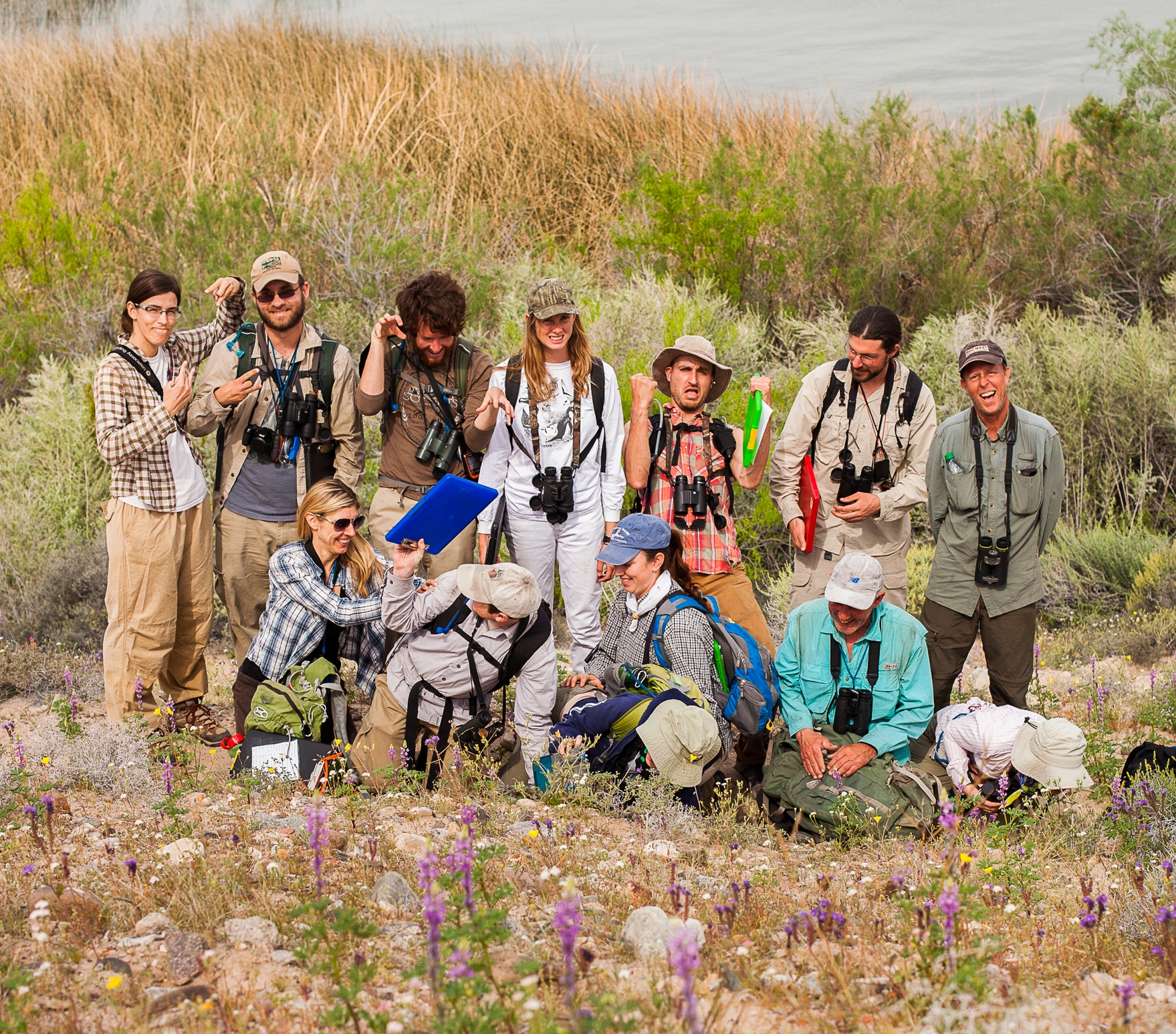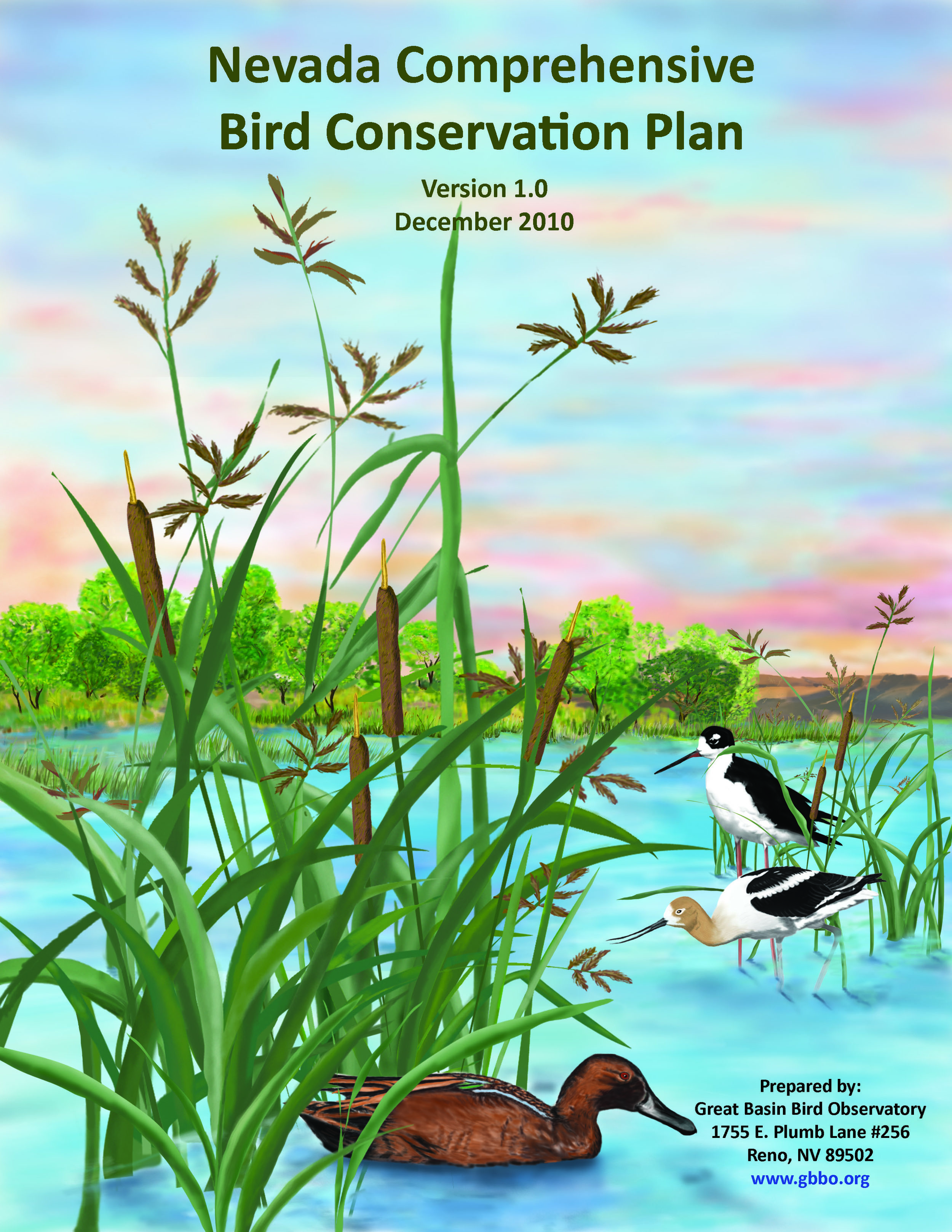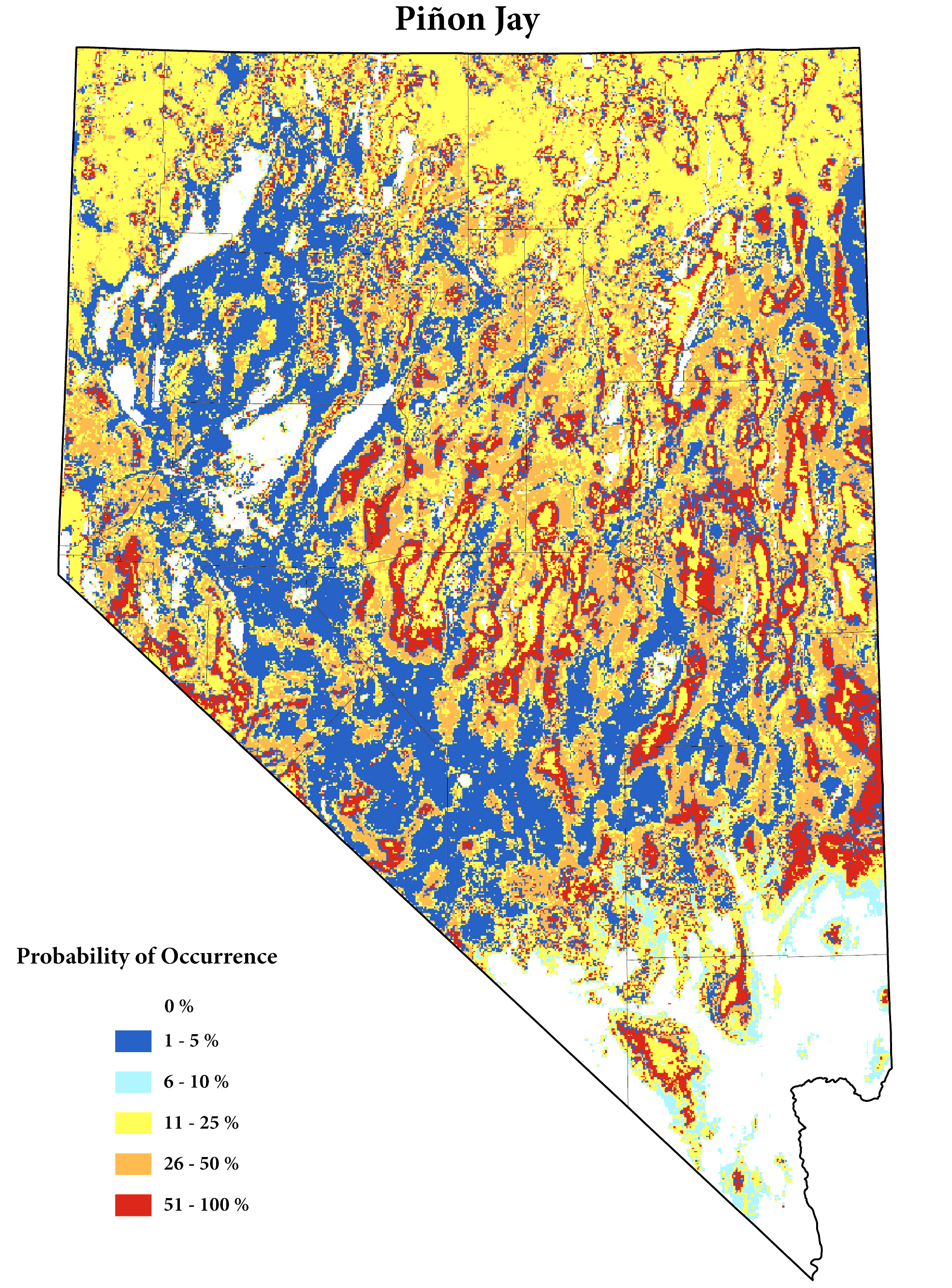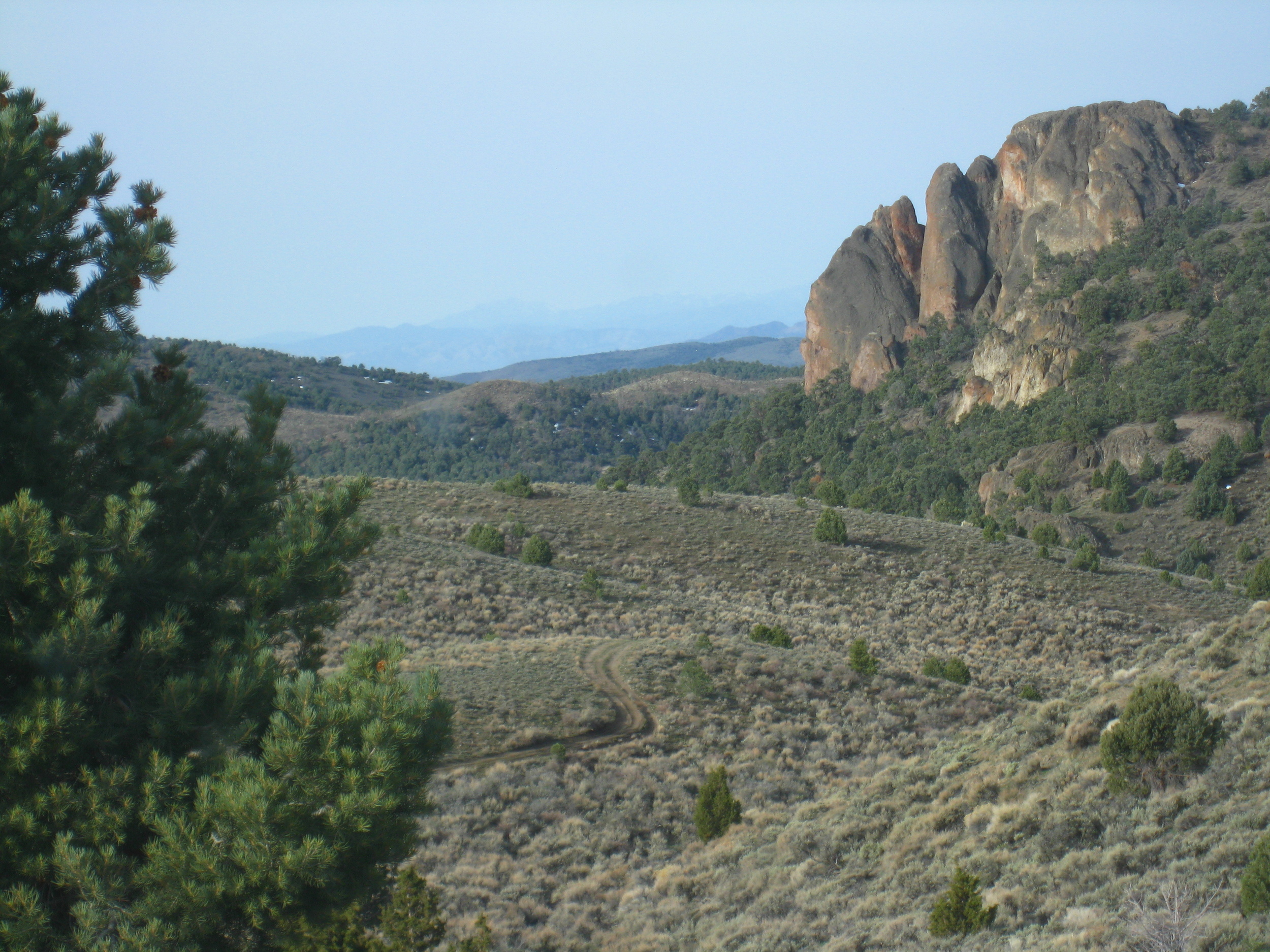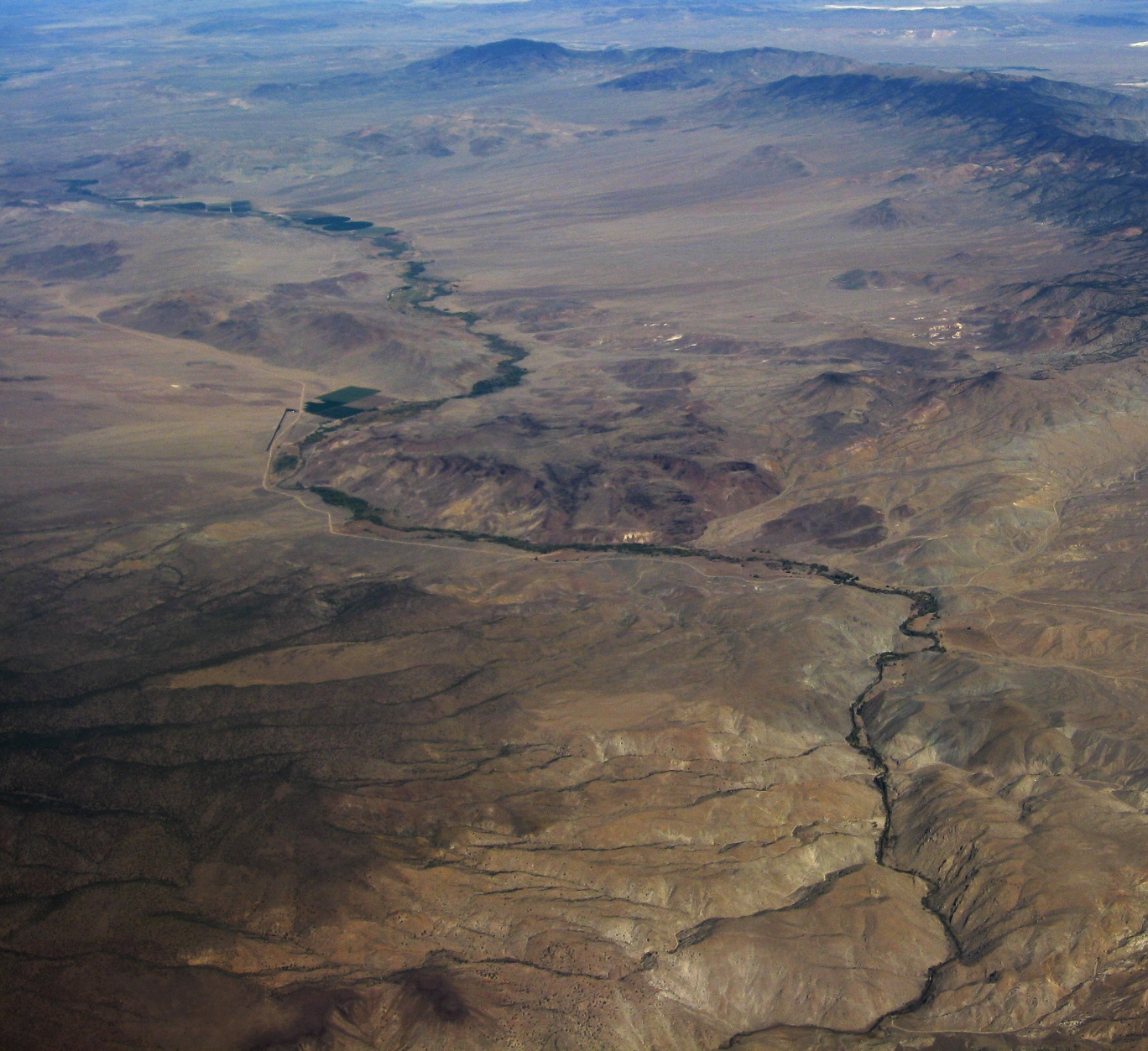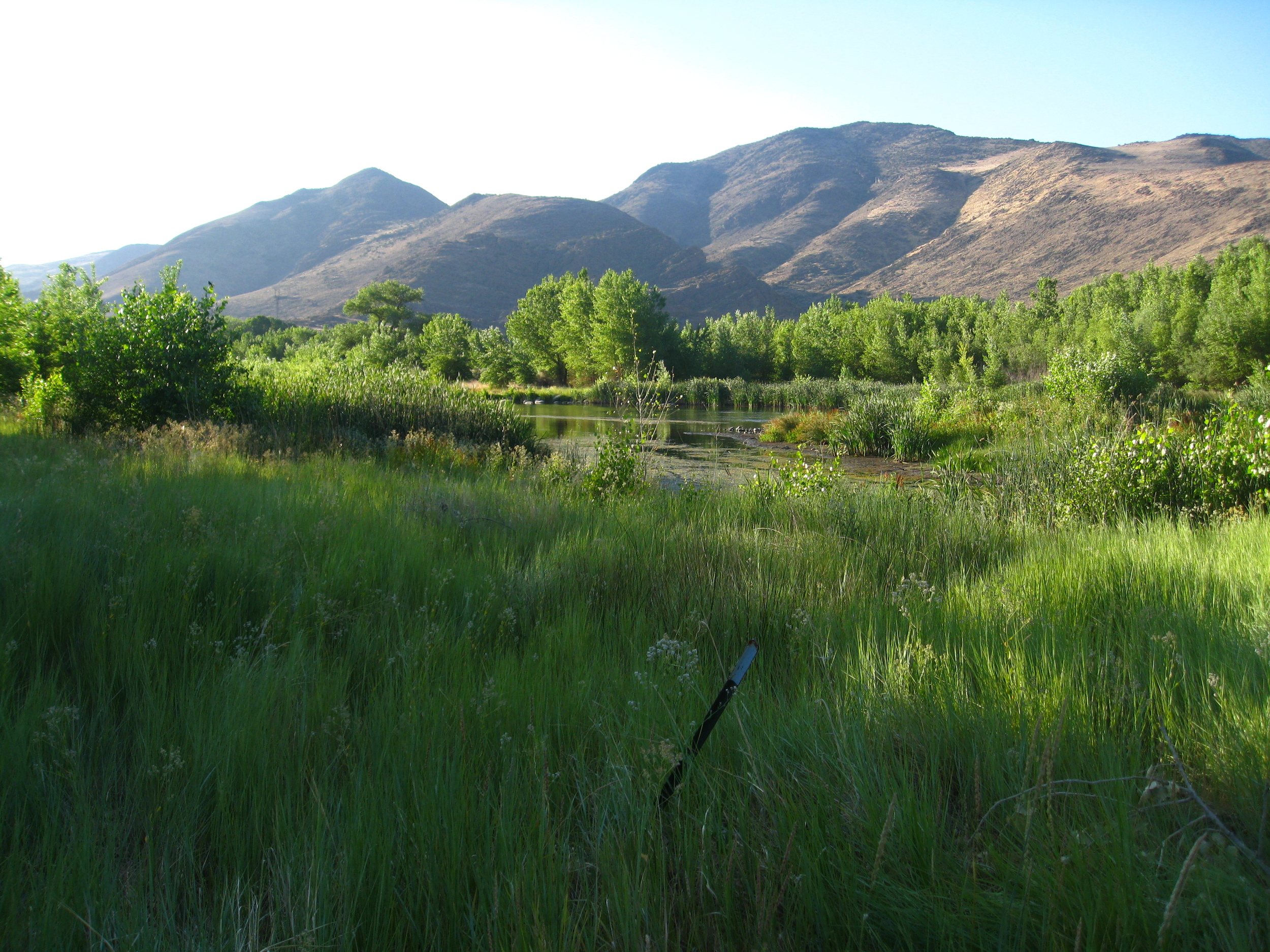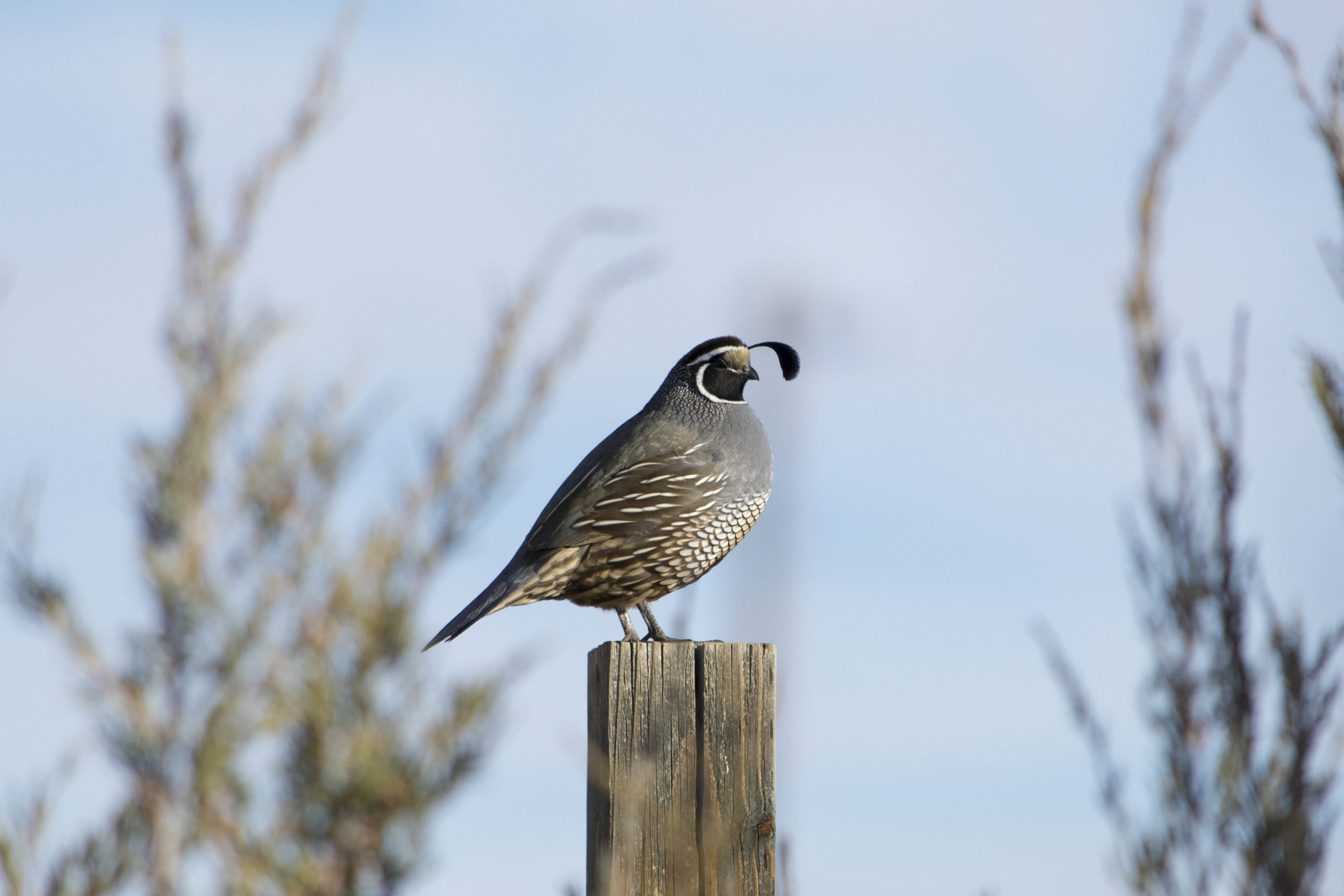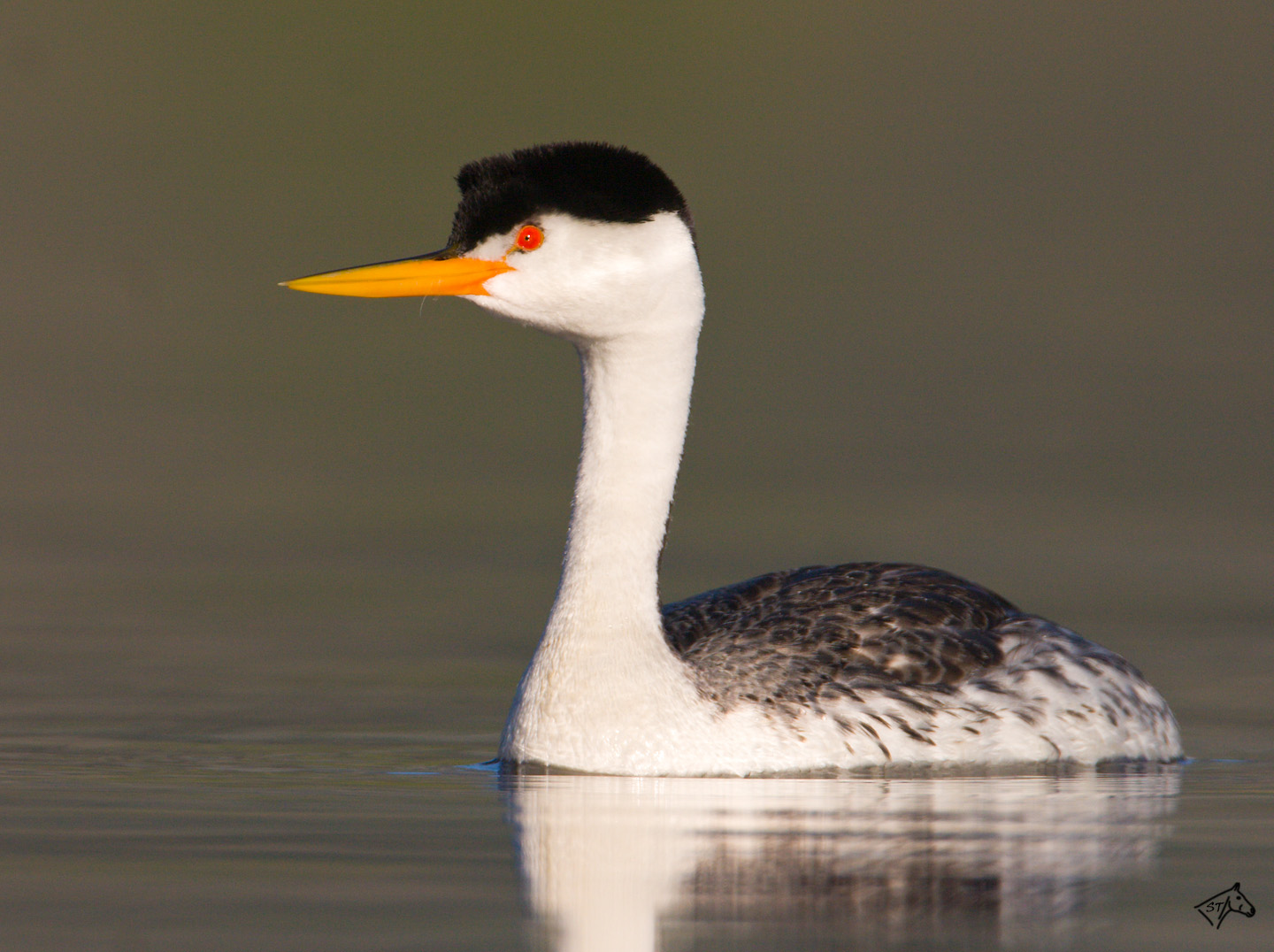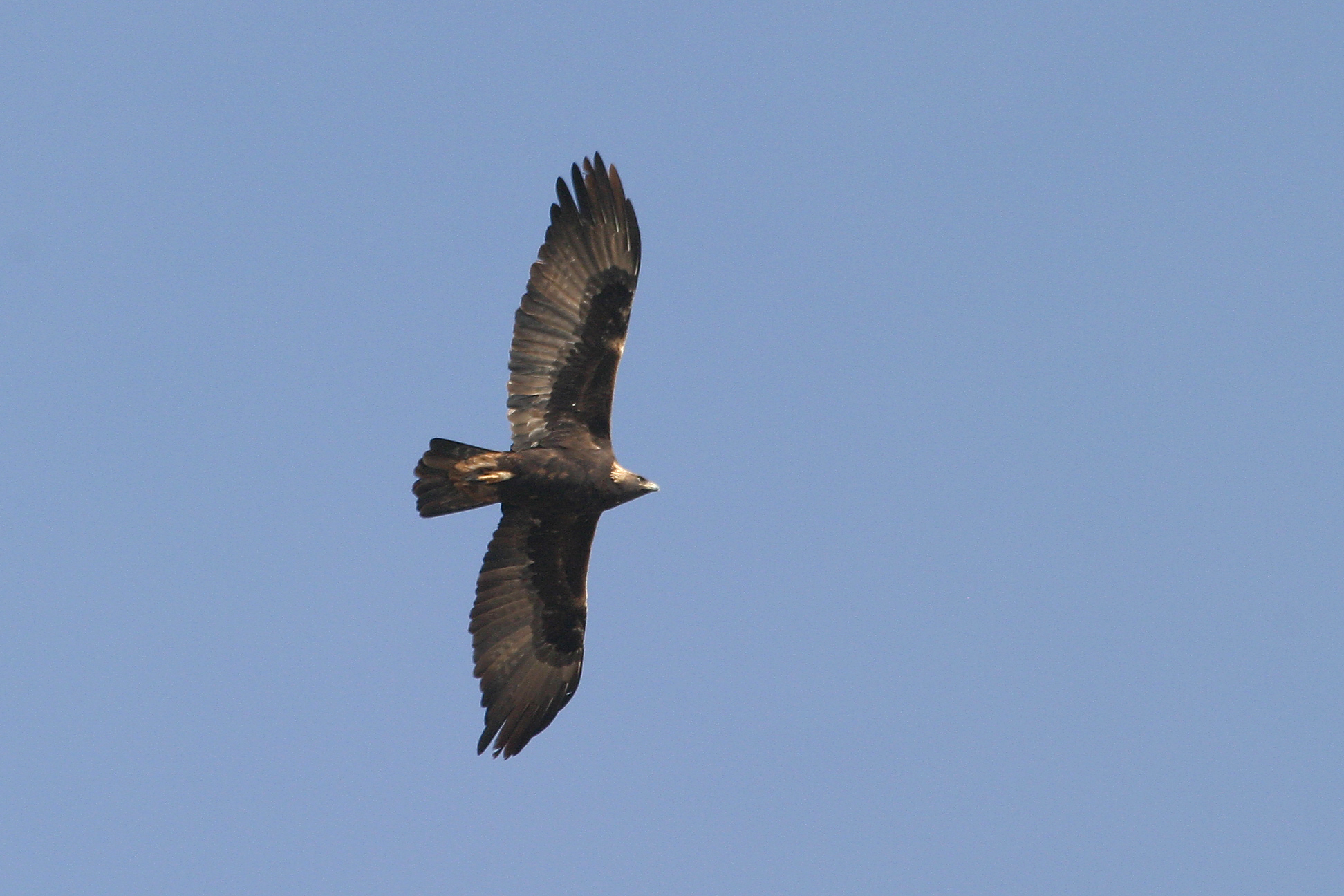Did You know?
Elf Owls are our smallest owl, standing less than 6 inches tall (about the size of a sparrow). They nest in tree cavities and feed primarily on moths at night.
We began our investigations of Elf Owl detectability in 2010-2011 with an agreement with the Bureau of Reclamation, Lower Colorado Region, who asked us to determine the most effective survey methods for Elf Owls, a covered species under the Lower Colorado Multi-Species Conservation Program. We applied radio-transmitters to Elf Owls in the Bill Williams River, AZ, area and measured how they respond to call-playback methods at various distances. Call-playback is the most commonly used method of detecting and counting Elf Owls, and we needed to know under which circumstances and how many we missed when we use these methods for monitoring their populations. We found that they respond differently based on time of night, lunar cycle, and obstruction by vegetation (see report). Many Elf Owls nest in saguaro cactus near or not-so-near riparian areas, and many of our observations were from areas that were outside of riparian corridors. Historically, the Elf Owl was also a riparian bird, in Arizona including the lower Colorado River. But their numbers have dropped in riparian areas in places where cavities have become less available them.
Understanding the factors that Elf Owls key into when selecting territories will be the basis for making habitat restoration recommendations to US Bureau of Reclamation for the LCR MSCP. In 2014, we were asked to follow up on these initial findings to determine their detectability in riparian settings, and this time, the study area included most of Arizona’s riparian areas that have suitable nesting sites. Here, we are trying to determine the probability of detecting Elf Owls in riparian areas rather than cactus habitats. For this secretive species, detectability rates are extremely important for being able to tell to what degree our survey data are influenced by their responses (or lack thereof). This study will continue through 2017, and stay tuned for further results.
Partners:
U.S. Bureau of Reclamation, Lower Colorado Region
U.S. Fish and Wildlife Service
Arizona Game and Fish Department



